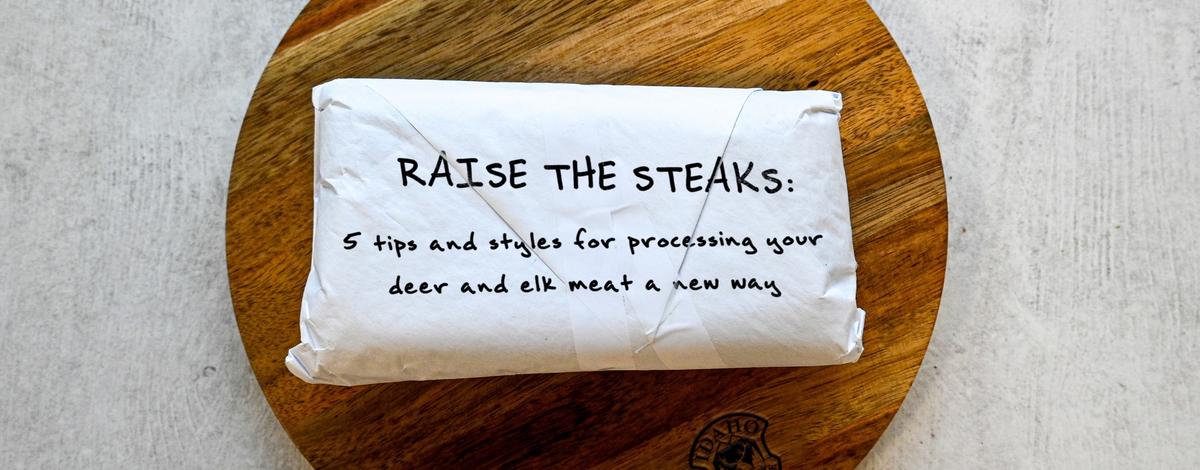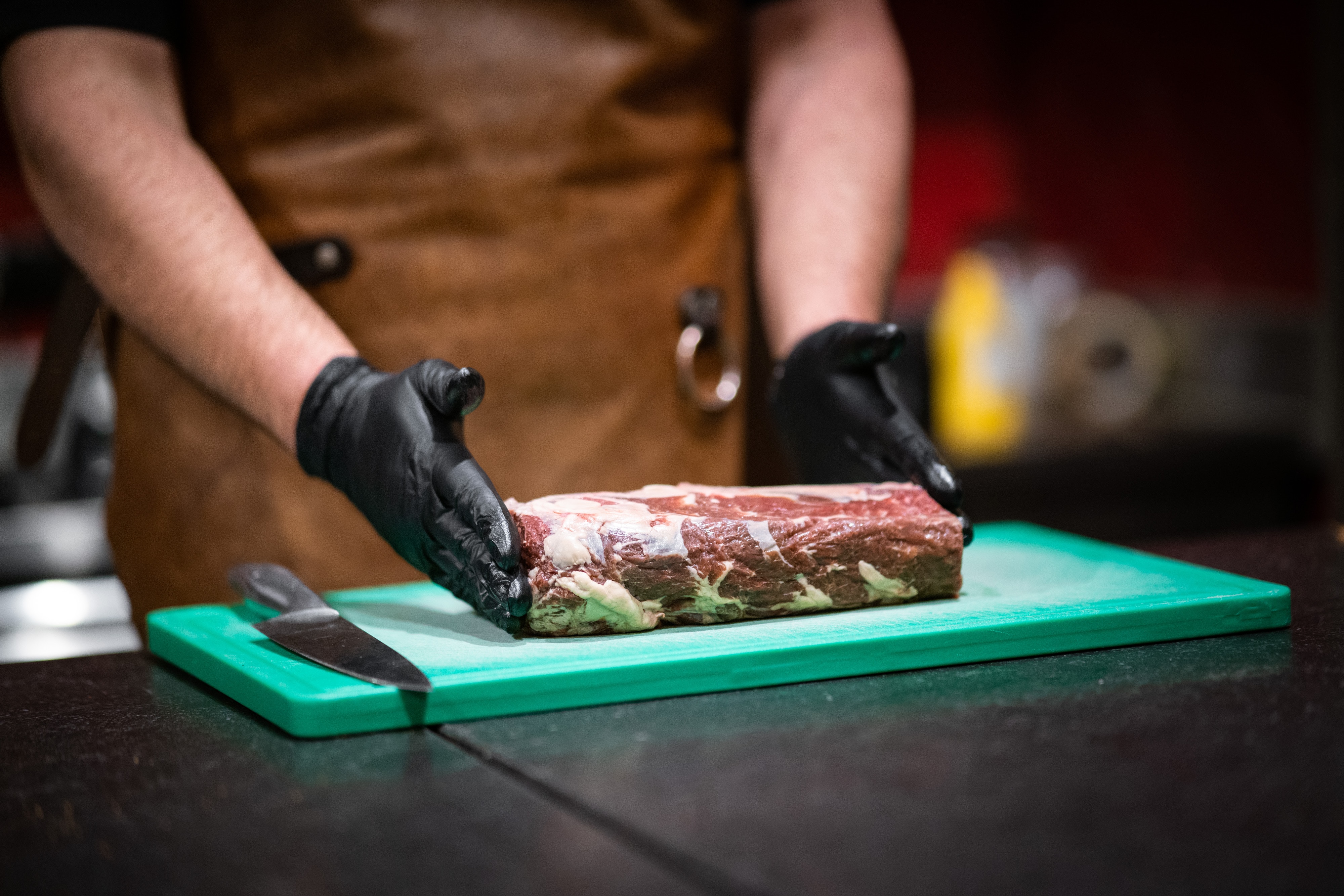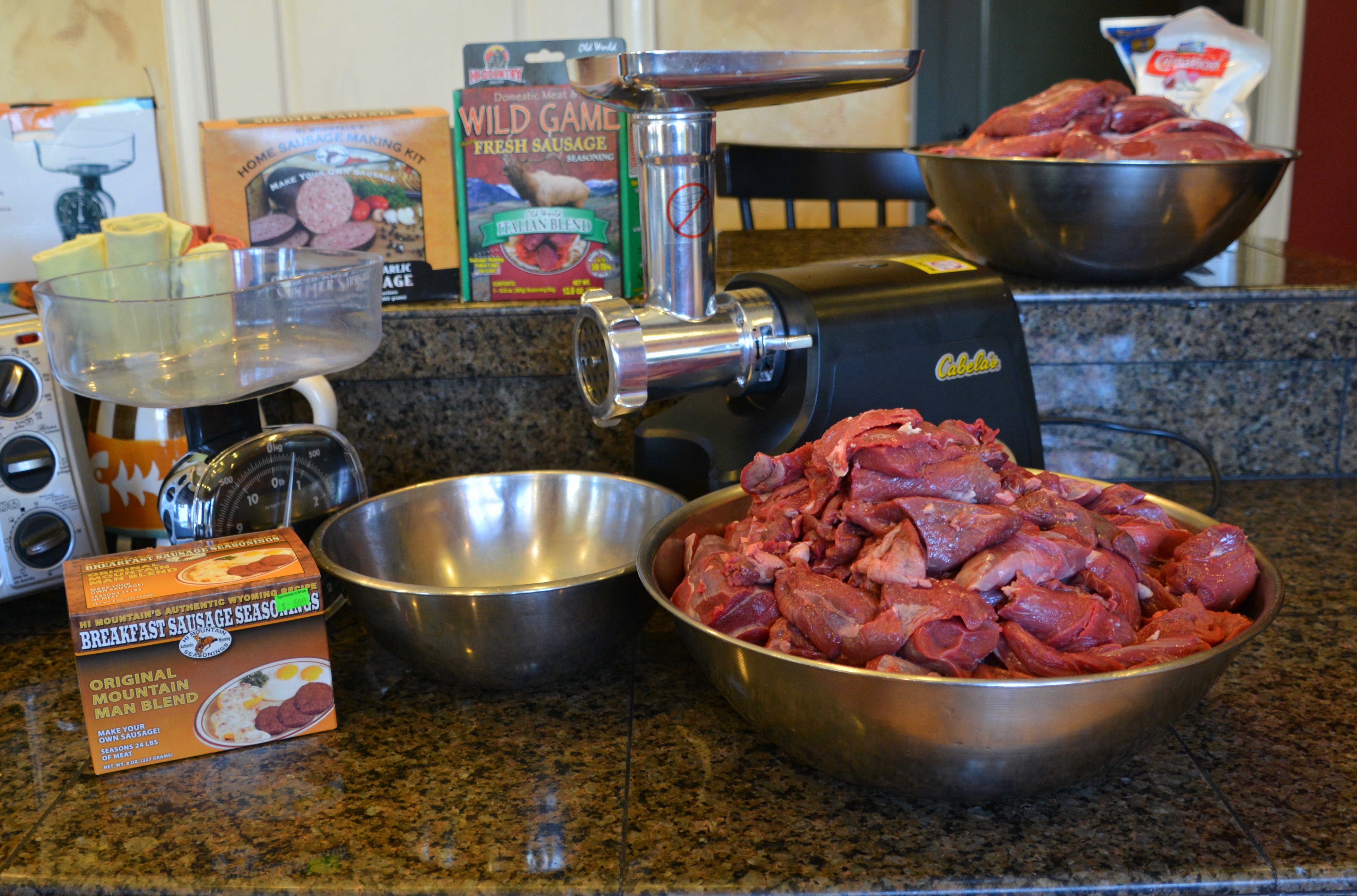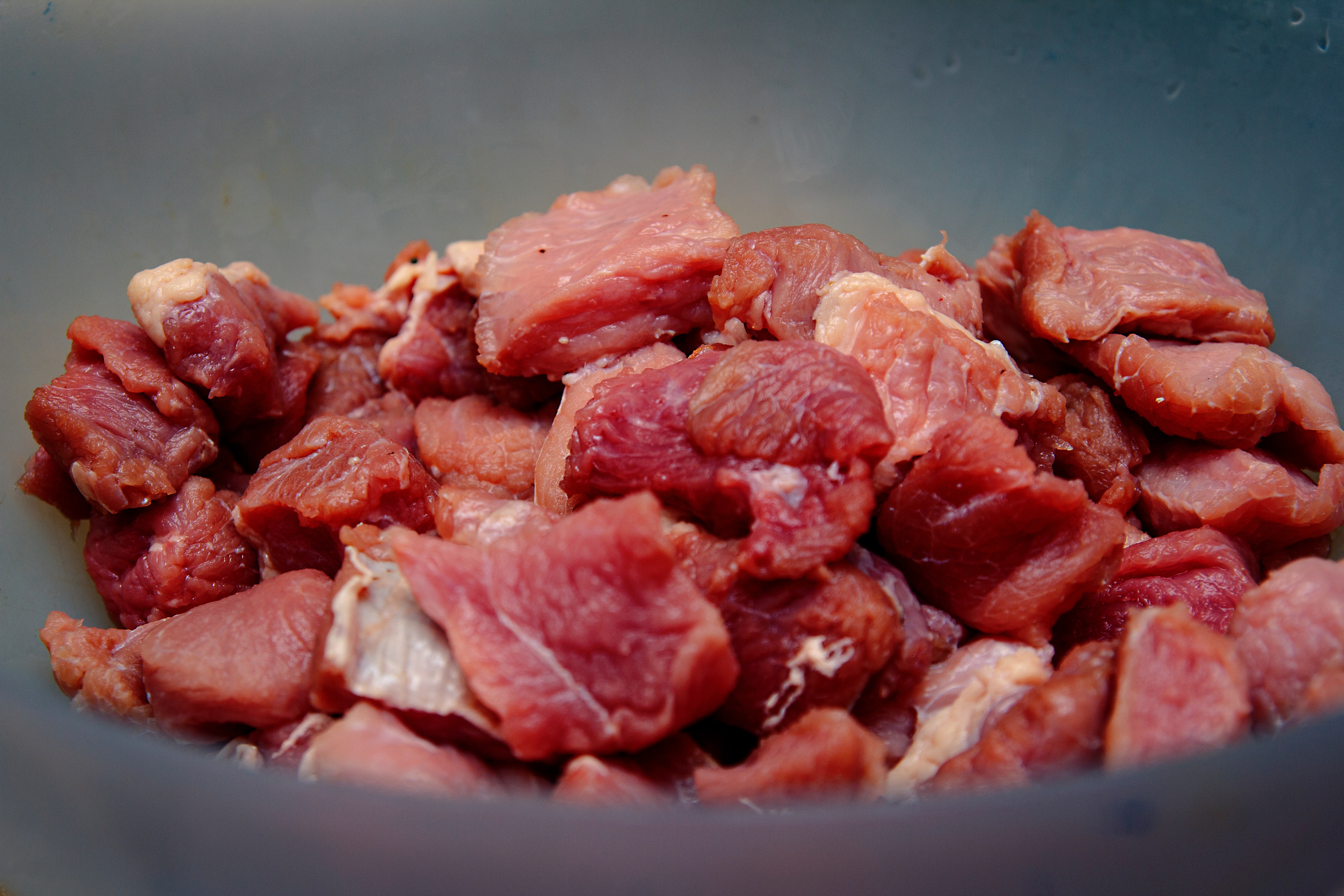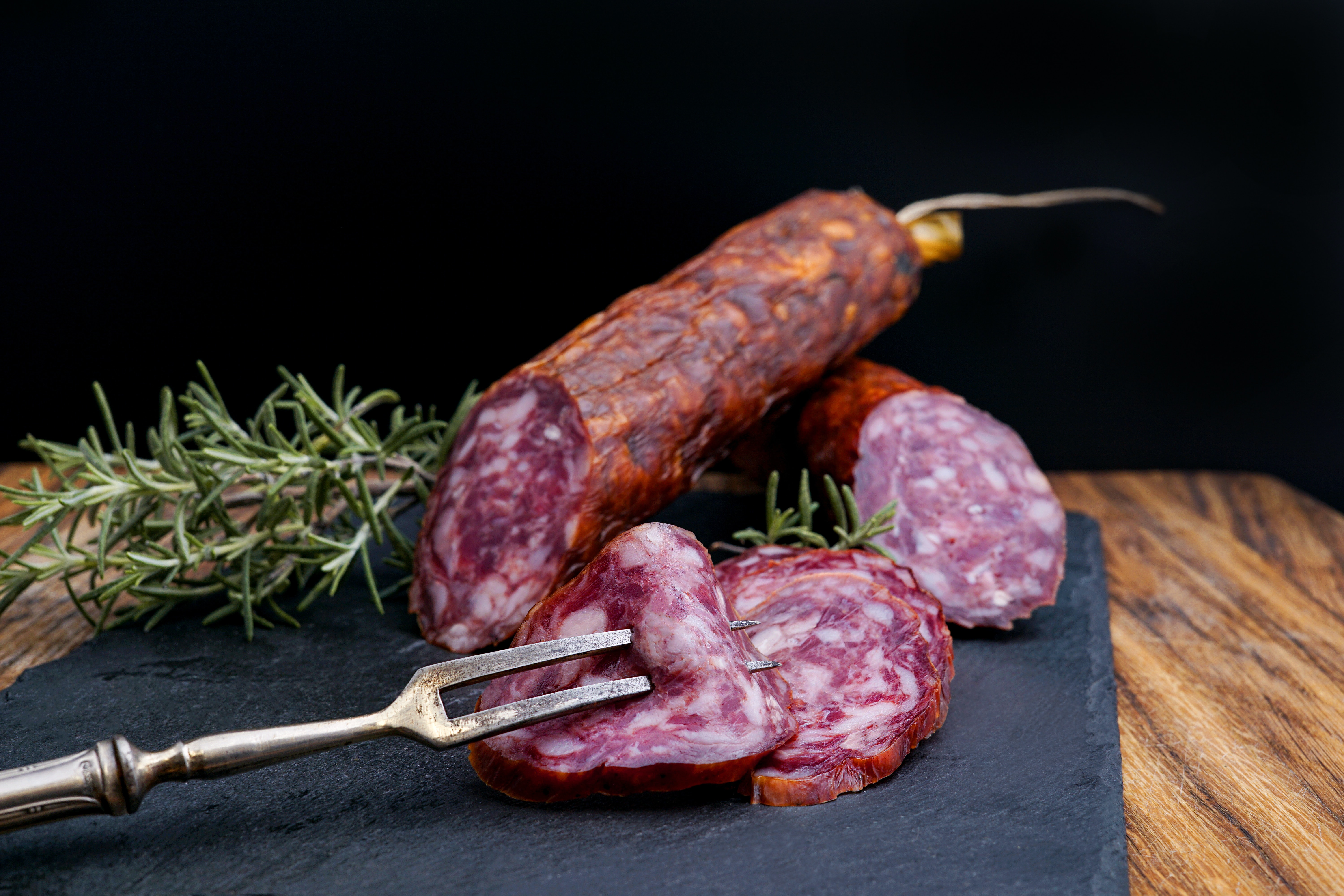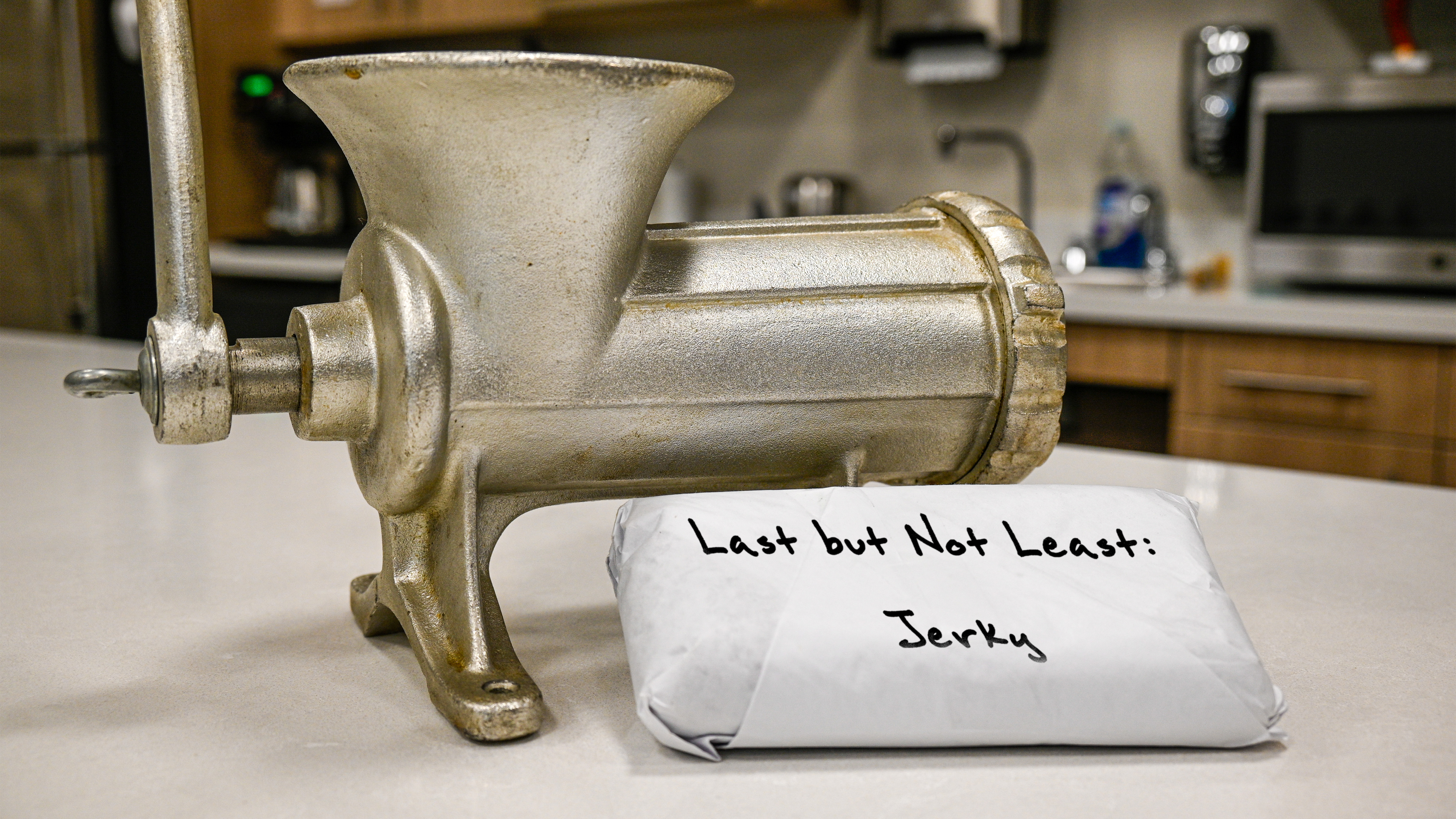It’s hard to beat a well-prepped, perfectly cooked steak – especially after all the time and effort you spent hauling it out of the mountains. But other methods of preparation can be just as satisfying. All it takes is a little bit of work and some kitchen ingenuity.
Now, if you’re as devout a steak snob as Ron Swanson then this article probably ain’t for you. And it’s understandable; that deer or elk lying in your freezer is finite, like an annual birthday cake. There’s no quick trips down to the supermarket to replenish your supply when your recipe runs short. So ensuring you make the most of your animal and process it how it fits your menu best is the most important part.
With that said, here are five prep tips and styles to help get the most out of that fall big game harvest.

